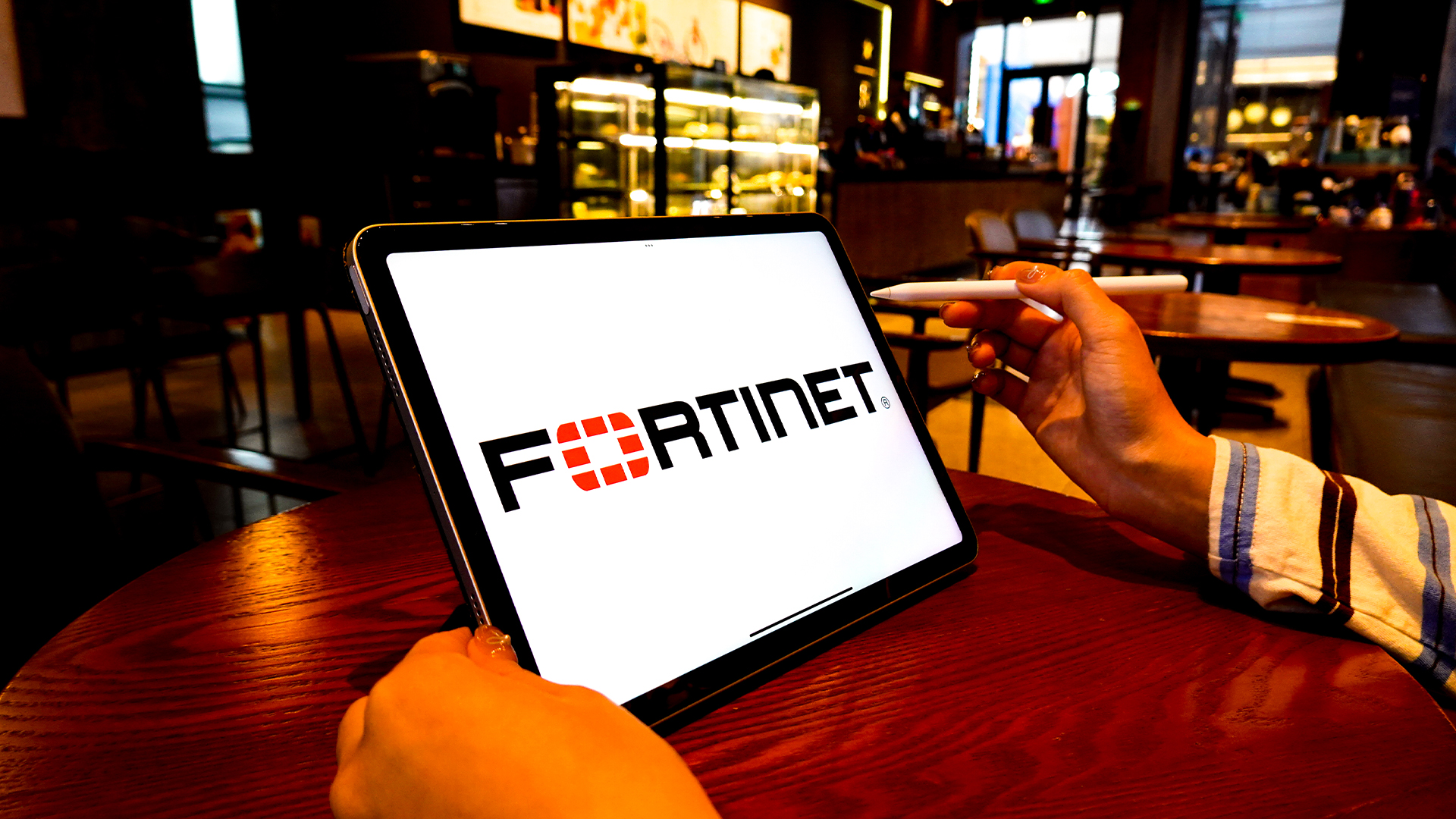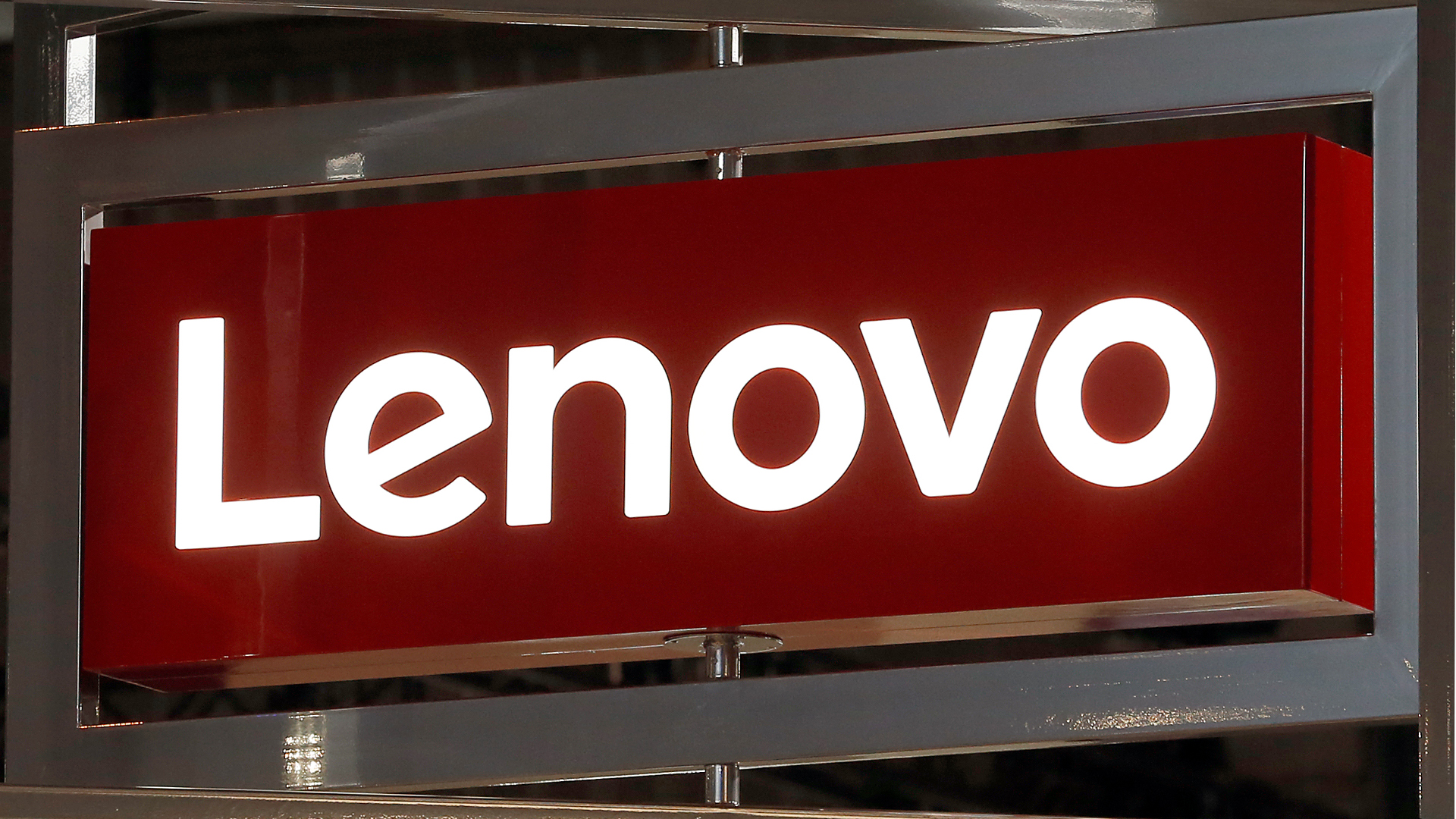Chinese hackers target ManageEngine password manager
Around nine organizations in the technology, defense, health care, energy, and education industries hit in new campaign


Security researchers have warned of a new Chinese hacking campaign using a known flaw in the Zoho ManageEngine ADSelfService Plus password manager to steal data.
Hackers gained initial access to targeted organizations by exploiting a recently patched vulnerability in Zoho’s ManageEngine product, ADSelfService Plus, tracked in CVE-2021-40539, according to researchers at Palo Alto Network’s Unit 42.
Researchers added this campaign is separate from one described in a US Cybersecurity and Infrastructure Security Agency (CISA) advisory published in September.
The flaw, CVE-2021-40539, allows for REST API authentication bypass with resultant remote code execution in vulnerable devices. The Zoho patched the flaw in September.
In this campaign, hackers used leased infrastructure in the US to scan hundreds of vulnerable organizations across the internet. Researchers said exploitation attempts began on September 22 and continued into early October. During that window, the actor successfully compromised at least nine global entities in the technology, defense, health care, energy, and education industries.
After the initial exploitation, a payload was uploaded to the victim network which installed a Godzilla webshell.
“This activity was consistent across all victims; however, we also observed a smaller subset of compromised organizations who subsequently received a modified version of a new backdoor called NGLite,” said researchers.
Sign up today and you will receive a free copy of our Future Focus 2025 report - the leading guidance on AI, cybersecurity and other IT challenges as per 700+ senior executives
RELATED RESOURCE

The best defence against ransomware
How ransomware is evolving and how to defend against it
Hackers then used either the webshell or the NGLite payload to run commands and move laterally to other systems on the network while they exfiltrated files of interest simply by downloading them from the web server.
“Once the actors pivoted to a domain controller, they installed a new credential-stealing tool that we track as KdcSponge,” said researchers.
Researchers said Godzilla and NGLite were developed with Chinese instructions and are publicly available for download on GitHub.
“We believe threat actors deployed these tools in combination as a form of redundancy to maintain access to high-interest networks,” researchers added.
Researchers said the hackers' main goal was to gain persistent access to the network and gather and exfiltrate sensitive documents from the compromised organization.
“The threat actor gathered sensitive files to a staging directory and created password-protected multi-volume RAR archives in the Recycler folder. The actor exfiltrated the files by directly downloading the individual RAR archives from externally facing web servers,” researchers added.
Rene Millman is a freelance writer and broadcaster who covers cybersecurity, AI, IoT, and the cloud. He also works as a contributing analyst at GigaOm and has previously worked as an analyst for Gartner covering the infrastructure market. He has made numerous television appearances to give his views and expertise on technology trends and companies that affect and shape our lives. You can follow Rene Millman on Twitter.
-
 Two Fortinet vulnerabilities are being exploited in the wild – patch now
Two Fortinet vulnerabilities are being exploited in the wild – patch nowNews Arctic Wolf and Rapid7 said security teams should act immediately to mitigate the Fortinet vulnerabilities
-
 Everything you need to know about Google and Apple’s emergency zero-day patches
Everything you need to know about Google and Apple’s emergency zero-day patchesNews A serious zero-day bug was spotted in Chrome systems that impacts Apple users too, forcing both companies to issue emergency patches
-
 Security experts claim the CVE Program isn’t up to scratch anymore — inaccurate scores and lengthy delays mean the system needs updated
Security experts claim the CVE Program isn’t up to scratch anymore — inaccurate scores and lengthy delays mean the system needs updatedNews CVE data is vital in combating emerging threats, yet inaccurate ratings and lengthy wait times are placing enterprises at risk
-
 IBM AIX users urged to patch immediately as researchers sound alarm on critical flaws
IBM AIX users urged to patch immediately as researchers sound alarm on critical flawsNews Network administrators should patch the four IBM AIX flaws as soon as possible
-
 Critical Dell Storage Manager flaws could let hackers access sensitive data – patch now
Critical Dell Storage Manager flaws could let hackers access sensitive data – patch nowNews A trio of flaws in Dell Storage Manager has prompted a customer alert
-
 Thousands of exposed civil servant passwords are up for grabs online
Thousands of exposed civil servant passwords are up for grabs onlineNews While the password security failures are concerning, they pale in comparison to other nations
-
 Gen Z has a cyber hygiene problem
Gen Z has a cyber hygiene problemNews A new survey shows Gen Z is far less concerned about cybersecurity than older generations
-
 Flaw in Lenovo’s customer service AI chatbot could let hackers run malicious code, breach networks
Flaw in Lenovo’s customer service AI chatbot could let hackers run malicious code, breach networksNews Hackers abusing the Lenovo flaw could inject malicious code with just a single prompt


